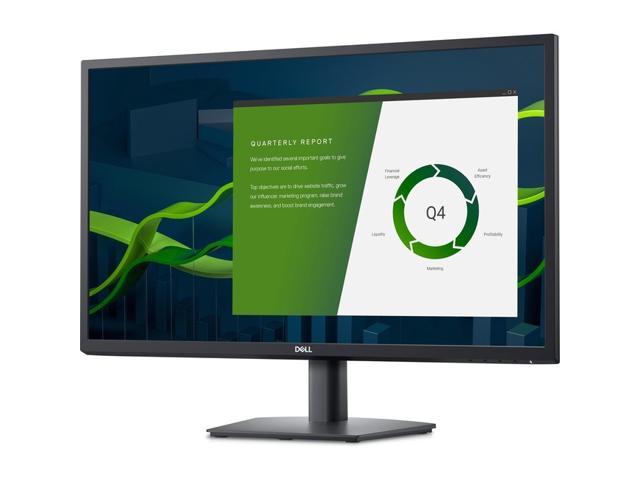The purchasing, inventory management, and supply distribution practices of 21 short-term, general purpose hospitals were studied. Results of the study showed that centralization, which is essential to cost containment programs, was not employed to the fullest in hospital purchasing functions. Strong central management would maximize competition, value analysis, standardization, group purchasing, information sharing, accountability, and internal controls. Centralizing the responsibility for supplies provides an opportunity to improve inventory management. With centralized management, there is less risk of excessive buildup, shrinkage, lost charges, and obsolescence. Hospitals should assure that formal purchasing and inventory control procedures consistent with those used for general purchases are developed for pharmaceuticals. These procedures should include a system of internal controls to safeguard the integrity of all transactions and provide a mechanism for monitoring the pharmacy’s purchasing performance. Maximum advantage should be taken of cost reducing techniques of pharmaceuticals, such as group purchasing and competitive bidding. Food purchasing practices indicated a need for improvement because food buyers have not: used quantitative methods for determining order quantities, reorder points, and inventory levels; maximized competition or participated in group purchasing; selected less expensive grades of food products; or established adequate internal controls. Hospitals have not solicited competition before purchasing contractual services. Responsibility for selecting contractors and monitoring performance was frequently decentralized.















